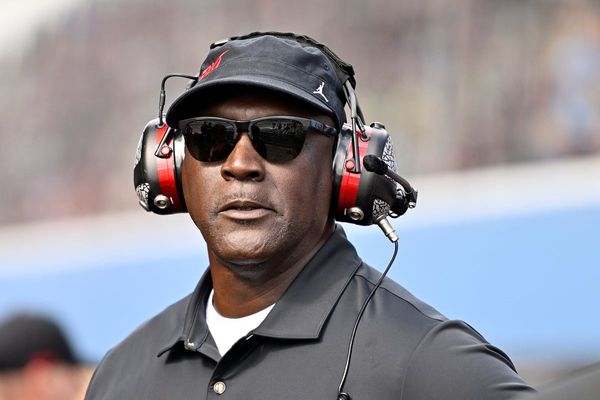When the Fantastic Four landed on newsstands in 1961, they turned around the fortunes of the struggling Marvel Comics and began a superhero boom later known as “The Marvel Age”. As Stan Lee, the much-treasured Marvel editor and Fantastic Four co-creator, later said: “That was really the start of everything.” So if Mr Fantastic, the Invisible Woman, the Human Torch and the Thing are therefore arguably the most important characters in Marvel history, why is it that they’ve never been done justice on the big screen?
Thursday’s The Fantastic Four: First Steps stars Pedro Pascal, Vanessa Kirby, Joseph Quinn and Ebon Moss-Bachrach as Marvel’s First Family, but they’re not the first actors to step into the iconic blue spandex. There have (appropriately) been four previous attempts at bringing the quartet to the big screen, none of which worked as planned: a low-budget 1994 version produced by B-movie maestro Roger Corman, which was never officially released; a pair of vapid Noughties films with a pre-Captain America Chris Evans; and a dark, lore-twisting 2015 reboot, which was panned by everyone – including the film’s own director. “It’s been this insurmountable challenge for filmmakers,” says Craig Nevius, screenwriter of the cult Corman version.
Co-created by Lee and pioneering comics artist Jack Kirby (both have claimed they’d come up with the idea first), the original Fantastic Four story sees the foursome sneak into a space rocket – in a crafty effort to outdo the communists – and get hit with cosmic rays, which gives each of them superpowers. There’s team leader Dr Reed Richards, aka Mr Fantastic, who can stretch and bend his rubber-like body; his girlfriend Susan Storm, aka the Invisible Woman, who can disappear at will and create see-through force fields; her impetuous teenage brother Johnny Storm, aka the Human Torch, who turns to fire and flies; and grumpy oddity Ben Grimm, aka the Thing, an orange rock monster. After that intro, the gang go to “Monster Isle”, where they defeat the dastardly Mole Man and his subterranean army of giant gargoyle creatures. “At the time, there was nothing like that first issue of Fantastic Four,” says comic writer/artist Tom Scioli, author of biographies on both Lee and Kirby. “I cannot overstate how much of a revelation that comic was.”
Indeed, their influence wasn’t just down to sales – the true measure of success for Marvel was a huge influx of fan mail – but the characters themselves. The Fantastic Four were not your typical square-jawed costumed heroes with secret identities. They were oddities and outsiders who revealed themselves to the world. They didn’t even wear costumes at first. These heroes were fallible. They felt human emotions and bickered among themselves. The Thing was tortured by the fact that he had been transformed into, well, a thing, and resented Reed. They began a trend that Scioli calls “weirdoes as heroes”. Even their powers are weird – totally disjointed from each other.
More Marvel superheroes followed, defined not only by gimmicky powers but their very human issues: The Hulk and his internal conflict between man and monster; Spider-Man and his teenage angst and occasional sorrow at being bitten by a radioactive spider; the X-Men and their struggles against prejudice. “That was an element of what became the Marvel formula and another thing that made that comic revolutionary,” says Scioli, who also wrote and illustratedFantastic Four: Grand Design, a reworking of the characters’ origin and history. “For a long time, that’s what set Marvel apart.”
In the 1980s, German film producer Bernd Eichinger picked up an option to produce a Fantastic Four movie, but he couldn’t secure studio backing to produce an SFX-heavy blockbuster. His ownership of the rights was set to expire on 31 December 1992 – unless he began production on a film before that date. So, Eichinger approached Corman to throw together a hasty version for just under $1m. Directed by Oley Sassone, the film would allow Eichinger and his production company, Constantin Film, to keep the option on further films.
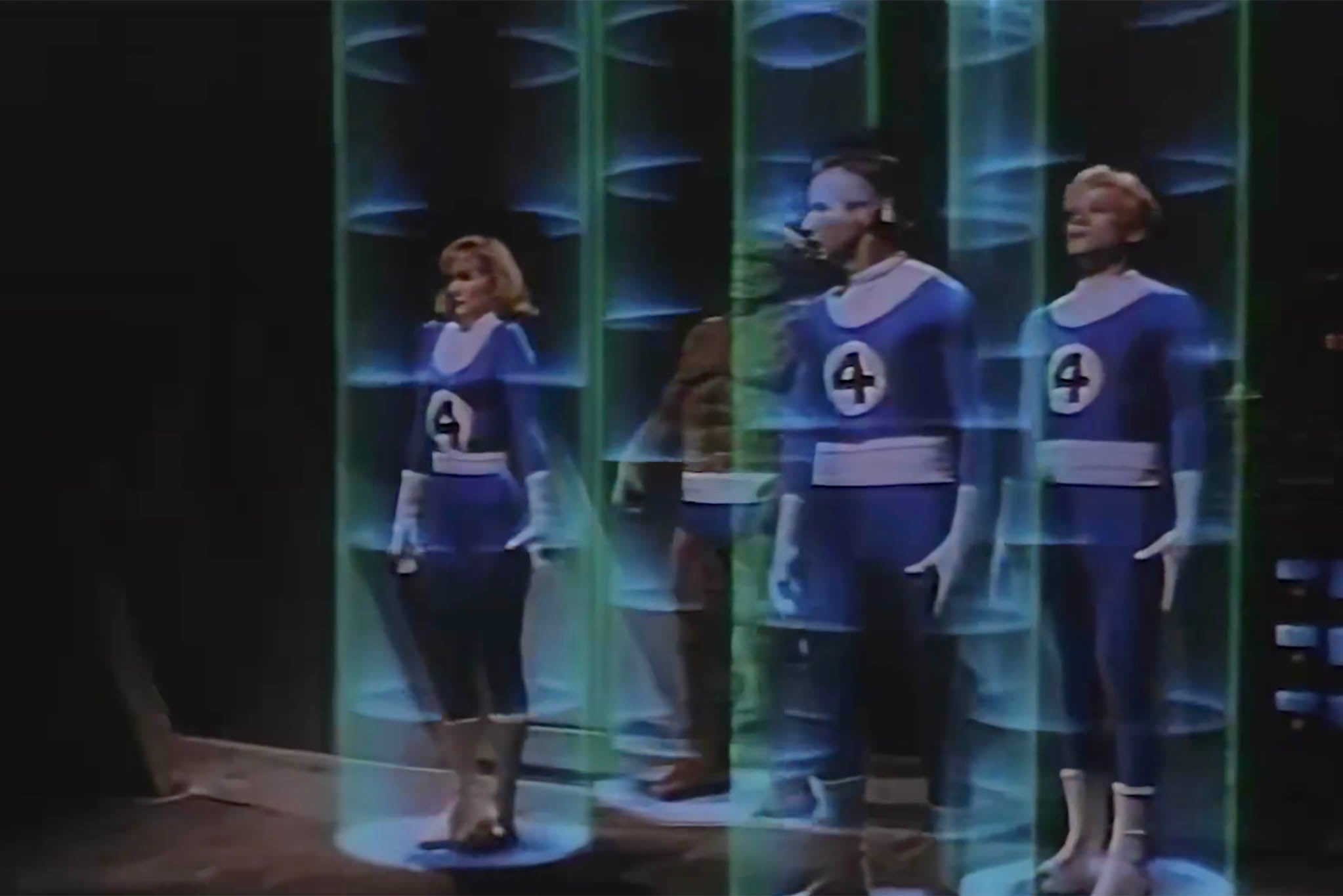
It’s easy to forget now, but Marvel adaptations in those days were all low-budget efforts or decidedly ropey TV productions. Screenwriter Nevius says their Fantastic Four aimed for a bigger scope, despite budget limitations. Nevius got the job after impressing Eichinger with his childhood love of the characters. “I took a briefcase to the meeting,” he recalls. “I opened the briefcase and pulled out my Fantastic Four action figures from the Seventies! I said, ‘I spent my childhood making up stories about these guys. I can do it now on a larger scale.’”
Nevius worked from a treatment written by Stan Lee himself. Lee ended it with a final tease of the Silver Surfer streaking across the sky – but there was no way Corman would shell out on the SFX for the sake of a few seconds. “In a way, Stan wrote the first Marvel post-credits scene,” says Nevius, laughing. “We just didn’t film it!”
The film is joyously cheap stuff – all part of the campy charm. See Reed (Alex Hyde-White) extending a glove on a stick to punch out baddies and Susan (Rebecca Staab) simply disappearing, causing henchmen to miss and accidentally shoot each other. Johnny (Jay Underwood) catches fire via SNES-level effects and Ben (Michael Bailey Smith) transforms into a man in a suit and stomps around feeling sorry for himself.
Despite all of this, The Fantastic Four oddly remains the most faithful adaptation of the comic – and it has the best version of Doctor Doom (Joseph Culp), who’s all cape-swishing menace and panto monologuing. The character – a top-tier supervillain in the source material – has been a glaring omission from the MCU so far. Let’s hope Robert Downey Jr has been taking notes.
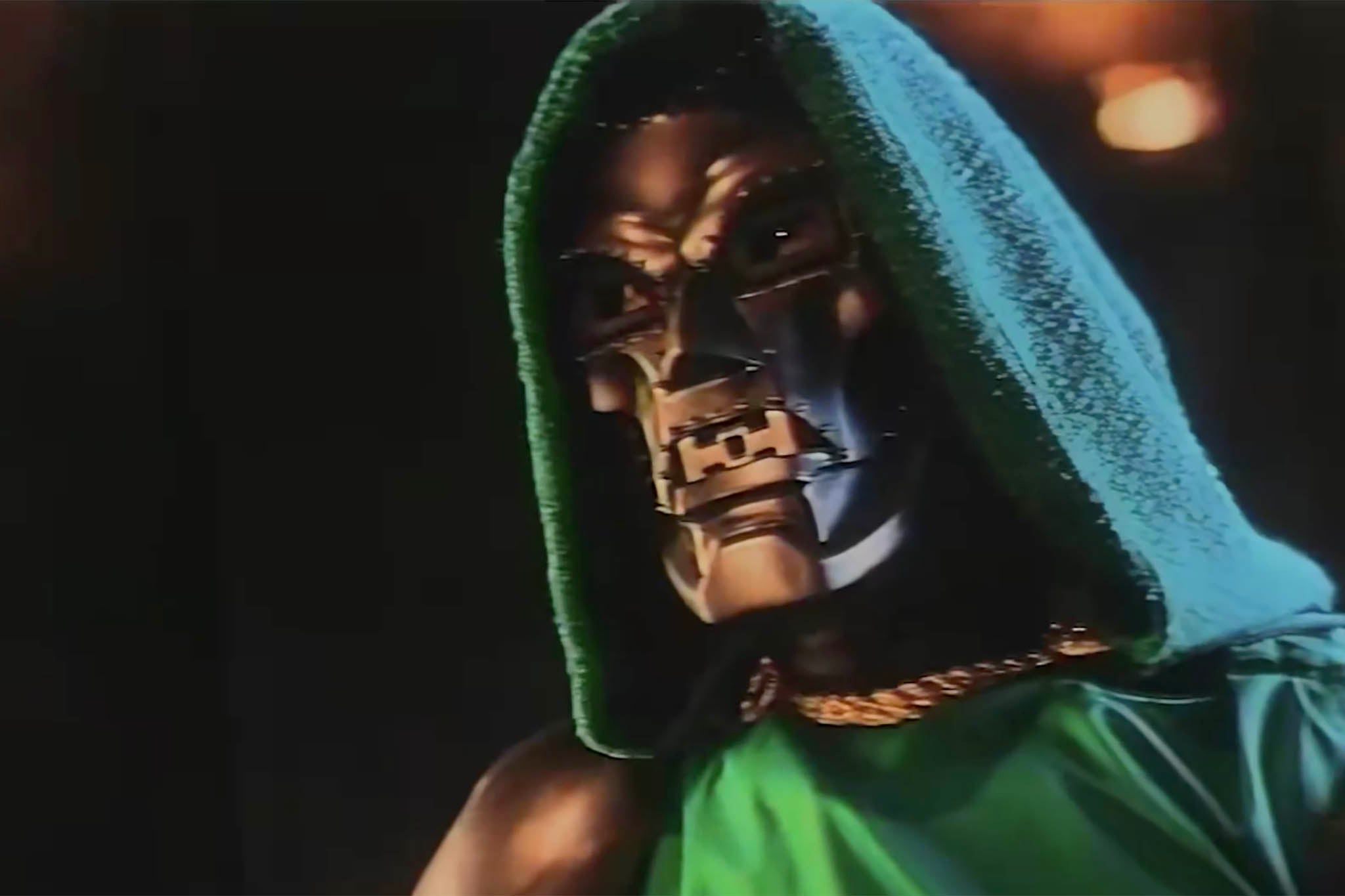
Posters and a trailer were made, and a premiere was scheduled. But the cast and crew were then hit by news that the film wouldn’tbe released. Ever. Nevius recalls it being “crushing”. Eichinger, it turned out, had also been in talks with 20th Century Fox to produce a big-budget version. He bought the print from Corman and that was it. When Stan Lee got wind that the film wouldn’t be released, he bashed it at comic conventions. “It was damage control,” says Nevius.
There was speculation about whether Eichinger and Constantin had ever planned to release the film. Had Eichinger simply plotted to keep hold of the rights and effectively conned the filmmakers into taking part? Nevius agrees that Eichinger’s sole intent was to retain the property, including sequel and remake rights, though he believes that Eichinger would have released their film if his blockbuster vision hadn’t worked out. Roger Corman later revealed that when Eichinger bought the print, Eichinger claimed he’d eventually release it as a prequel to the big-budget Fantastic Four.
A 2015 documentary, Doomed, retells the saga and details how Avi Arad, founder of Marvel Studios, was – so the lore goes – responsible for burying it. At the time, Arad was planning to license and produce a series of Marvel properties – films that would establish the Hollywood superhero boom, including X-Men, Spider-Man, and, yes, Fantastic Four. Apparently concerned that Corman’s Fantastic Four would cheapen his grand plans, he bought the B-movie from Eichinger to prevent it from surfacing. Arad later claimed that he “burned it”. Copies surfaced, though, and it circulated comic conventions on bootleg video. Nevius believes there’s a pristine copy locked in a vault somewhere, like the Ark of the Covenant in Indiana Jones.
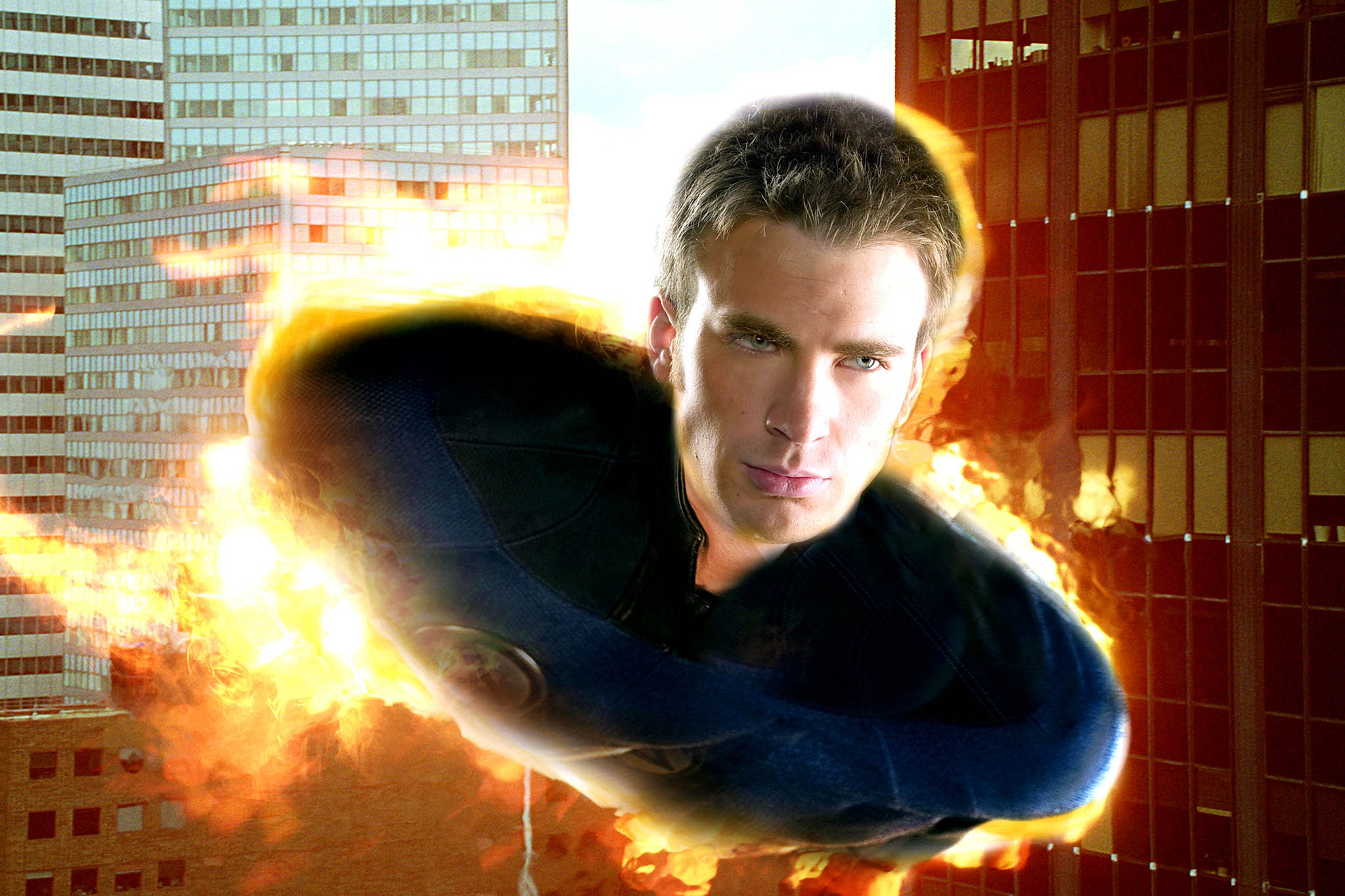
The big-budget Fantastic Four took a further decade to reach screens and went through numerous directors. It finally arrived in July 2005, directed by Tim Story, and starring Ioan Gruffudd, Jessica Alba, Chris Evans, and Michael Chiklis (Chiklis as the Thing is the standout, channelling his role in the brutish cop drama The Shield in orange rock form).
Overall, though, it’s weak, childish fluff with not nearly enough superheroics. Four decades’ worth of comic book antagonism from Doctor Doom (Julian McMahon) are condensed into one hasty, emotionally bereft showdown. “The fact it doesn’t soundly trounce the Corman version is a real indictment because they had all the resources in the world,” says Scioli about the $80m-plus production. It also felt instantly behind the times, coming just weeks after Batman Begins – an exciting, dynamic reinvention. By contrast, Fantastic Four was an insipid re-run of the Spider-Man (2002) origin story, which was itself a peppy redo of the Superman (1978) blueprint.
In this version, Doctor Doom is on board for the same space rocket accident that gives the heroes their powers, transforming him into a metal man. It’s one of those irritating changes that Hollywood execs insist on – for the sake of a more streamlined screenplay – but just gets under the skin of the core fanbase. See also the marginally better 2007 sequel, Fantastic Four: Rise of the Silver Surfer, which reimagines the planet-consuming behemoth, Galactus – one of the most iconic designs in Marvel history – as, erm, a space cloud. “Some [studio executives] were afraid of what Galactus might look like,” Tim Story later said.
The sequel does give us Doom on the Silver Surfer’s board, a nod back to Doom hijacking the board in a 1960s story, which Scioli calls “the high point of Marvel – a perfect expression of the Marvel formula”. He also suggests that the Fantastic Four themselves may have been a tough sell on film – because they weren’t exciting enough. “They started the revolution of weirdos as heroes,” he says. “But not too long after you get the Hulk who’s even scarier and more of an outcast than the Thing. Then Spider-Man who’s even more of an underdog, and X-Men who are even stranger. The Fantastic Four became vanilla by comparison. By the time all these other characters came around, they took the role of the solid, reliable centre of the Marvel universe, which doesn’t do them justice. They fell into the background.”
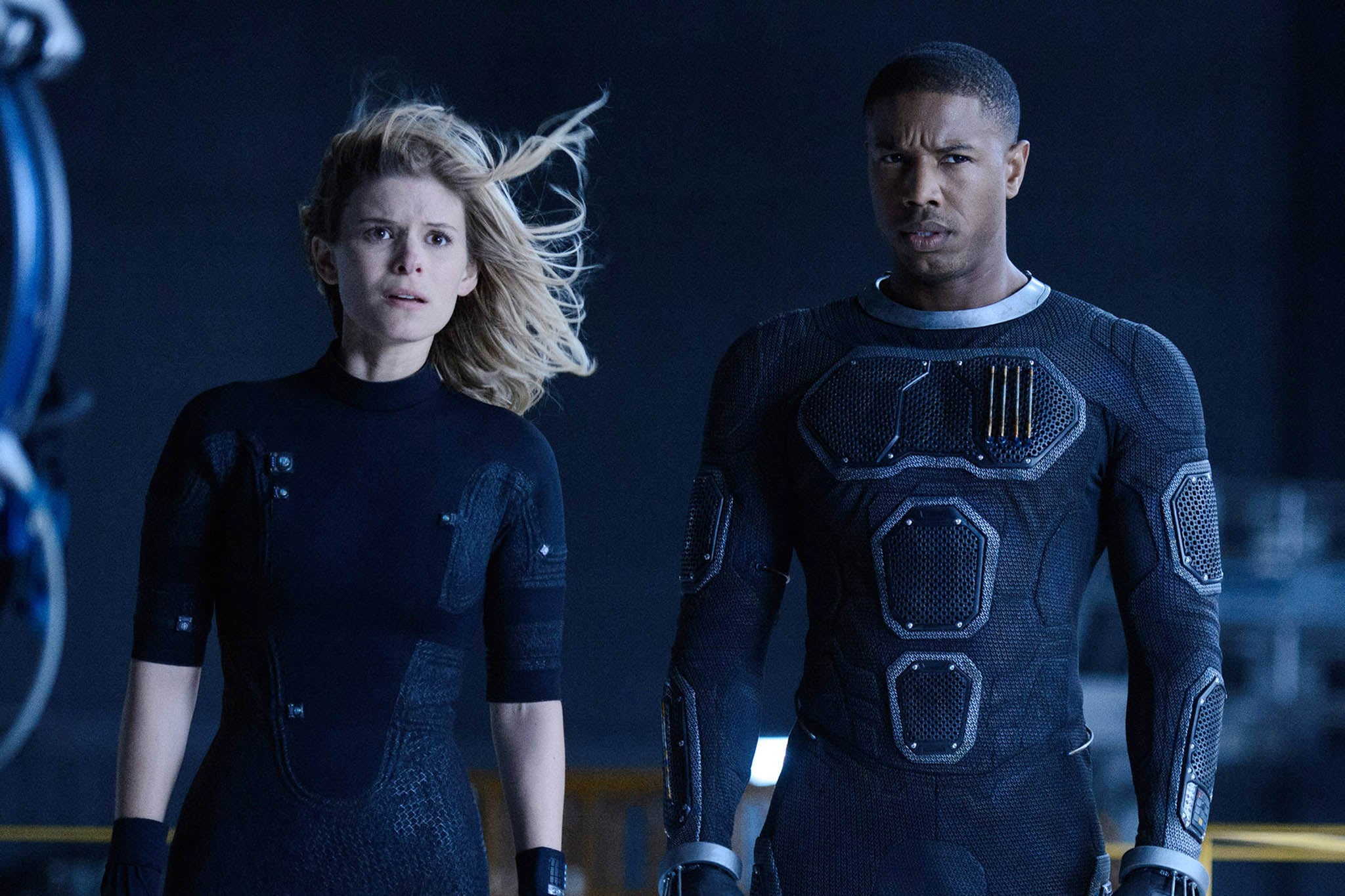
Marvel began producing its own films beginning with Iron Man (2008) and, as the MCU came together, most of the characters who’d already been licensed to other studios – bar maybe the Spider-Mans and a handful of X-Mens – began to look like flavourless imitations of what they might have been in the MCU.
The Noughties F4 films got some redemption when Chris Evans reprised the role of Human Torch in last year’s Deadpool & Wolverine, a playful cameo as one of several cancelled franchise characters now stuck in “the void” – a metaphysical netherworld outside the MCU. But it’s safe to assume, however, that the Josh Trank-directed Fantastic Four (2015) won’t get the playful meta multiverse treatment. The reboot – starring Miles Teller, Kate Mara, Michael B Jordan, and Jamie Bell – greatly suffers from post-Dark Knight syndrome, trying to go dark, serious and real-world, which isn’t really what the characters are about. No amount of CGI-powered space grit can change the fact that it’s not really a Fantastic Four film. It’s a film about characters who happen to have the same names and the same powers. In the end, it’s a mess. Scioli liked it but agrees that it “went against conventional wisdom of Fantastic Four”.
The film was plagued by reports of production problems, reshoots, and discord between Trank and the studio. Trank tweeted (then deleted): “A year ago I had a fantastic version of this. And it would’ve received great reviews. You’ll probably never see it. That’s reality though.”
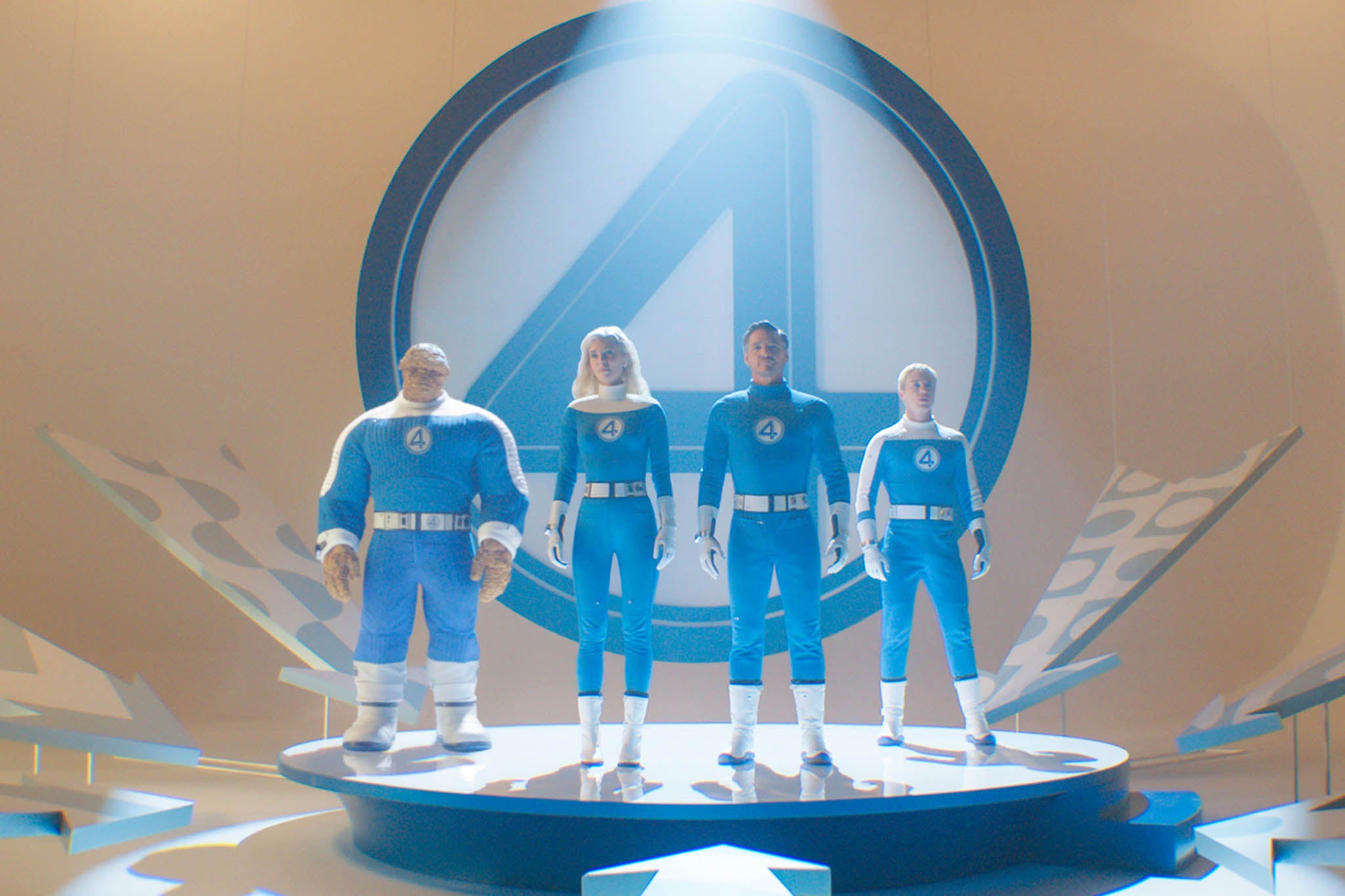
Unusually, the unreleased B-movie seems the most faithful Fantastic Four film partly because it was – in the original spirit of the characters – a bit of an oddity and outsider. It’s now getting some (long-overdue) mainstream recognition, though. News broke this week that the F4 actors from the Corman film will cameo in First Steps. Even if early reviews suggest a divisive response to the movie overall.
Nevius hopes that the new version can capture some of what he thinks is crucial to the characters – the aspects he tried to put into his screenplay. “True blue and a little bit corny, but not apologetic for it,” he says. “I hope the new one is embraced. The Fantastic Four deserves a great interpretation.”
‘The Fantastic Four: First Steps’ is in cinemas from 24 July
The Fantastic Four: First Steps is no disaster – but it’s no Superman, either: review
Marvel will recast MCU’s former main characters in future films
It’s official: Marvel doesn’t know what’s wrong with itself
The 17 most underrated sequels of all time
The vanishing of Daniel Day-Lewis: How a great actor lost the will to go on


